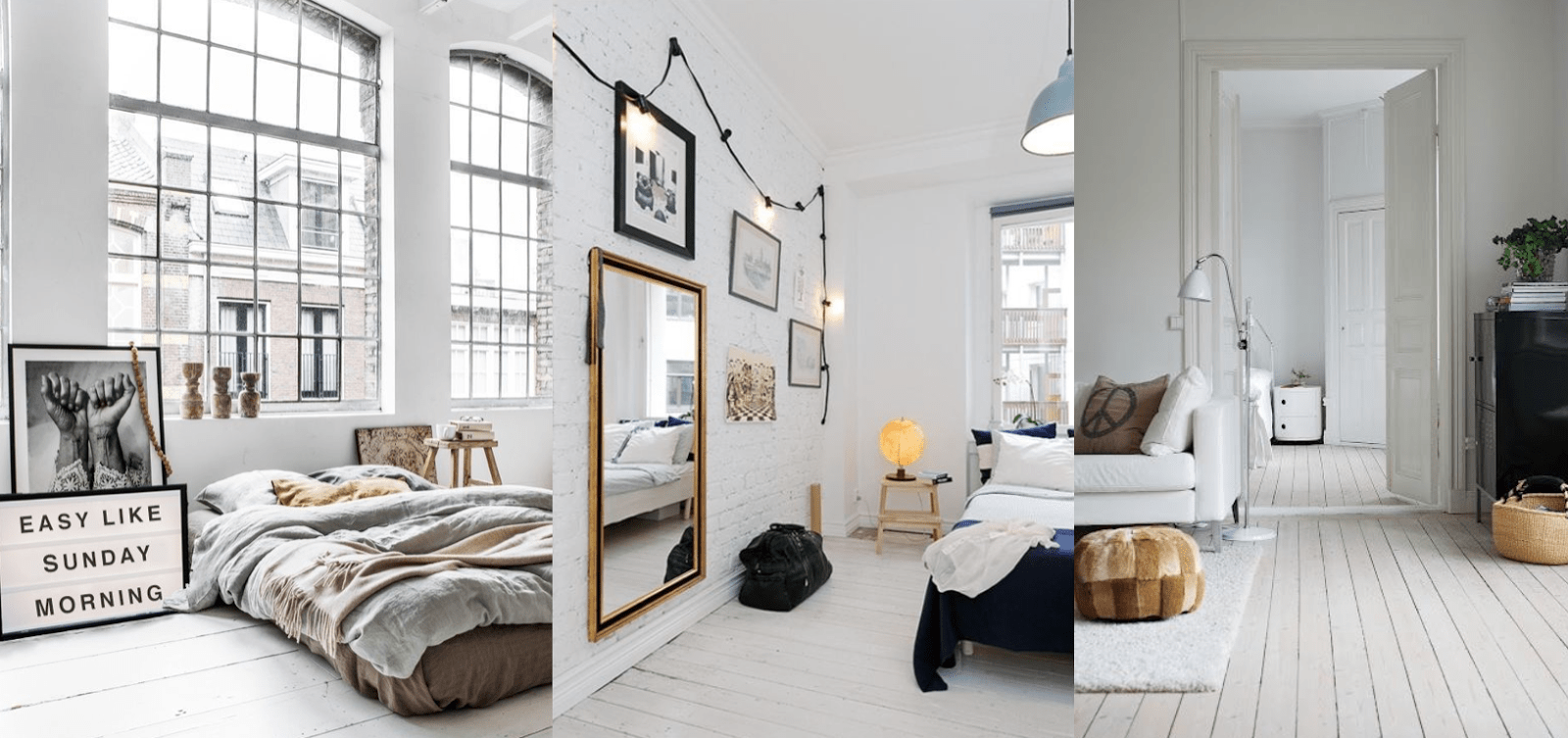Building a new home is an exciting and a creative endeavor. It’s not just about the building itself but about the life you plan to have in it. That’s why it’s important to find the professionals that will be competent enough to do a good job and able to share your vision for the place. Take careful consideration of both aspects of the construction project before you choose the perfect architect. Don’t hesitate to ask your friends, family members, and coworkers for advice because it takes a while to establish a good communication with the architect and a person who has done it before can help the most.
The aesthetic
Before you can hire someone to make your vision into a reality, you need to have an idea of what the aesthetic of the house should be. This doesn’t mean that you have to study art history or have a detailed outline for each room. Rather, you should try to define the style in broad terms and possibly in a couple of sentences. Think about how you plan to use the house and what your day to day routine is, not just how would you like it to look. If you’re able to communicate this clearly with the architect, everyone’s job will be easier and less costly.
Money
Retaining the services of an architect isn’t always cheap. As with most cases, the devil is in the details. First of all, you need to decide on the level of the involvement of the architect you’re hiring. It might be an advisory role or you could ask for a hands-on approach. There are usually three ways in which the architects charge for their work: some take the percentage of the overall cost, other have a fixed fee, and some have an hourly rate. Find out about the fee structure before you make a decision.
Legal matters
Behind this high-minded aesthetic choice, building a home is still a very expensive and complicated business endeavor. It isn’t enough to understand your architect simply as an artist or a craftsman – details of your deal need to be put in writing. A contract should explain the schematic design, development, construction documents, and bidding and negotiation terms (about contractors and material). This way the duties of the owner, contractors, and the architect are clear and spelled out for everyone to understand.
The portfolio
Once you’ve decided on the broad themes and settled the legal issues, it might be best to dive in the previous work of the architect you’re planning to hire. Services like Superdraft provide you with a variety of talented individuals to choose from. What to look for in a portfolio is largely dependent on what kind of project are you working on, but there are some universal rules. It should have one larger base project which speaks of the overall capacity of the architect. It’s also a good sign if there are a couple of group projects in there as well because it provides you with references and shows that they can work in a group.
References
In the final stage of choosing you should take to references found in the contact details of the portfolio, you’ve chosen. Make sure that you talk to more than just the clients. Points of view of builders, structural engineers, and consultants are all equally valid because they give you a complete understanding of what it’s like to work with the architect you’ve chosen.
When looking for an architect, you should think about the big picture first, but don’t forget to go into details about legal matters, previous experience, and fees as well. This way, you examine the whole project before a decision that could cost you a fortune.
What do you think?
Advertisement








